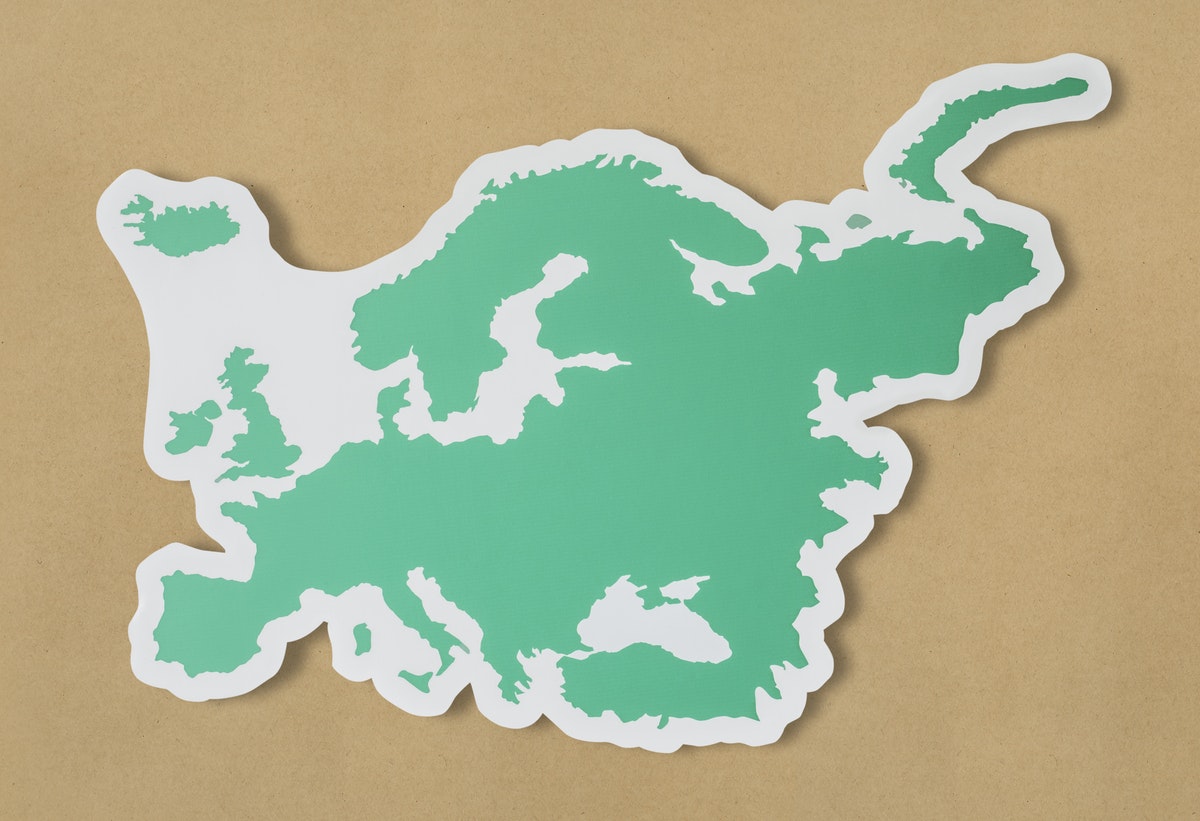European cross-border commerce – 4 tips for merchants to boost sales
Written by
Kinga EdwardsPublished on

Cross-border commerce in Europe is growing by the month – the industry was worth a staggering €137 billion last year.
In this article we’re taking a look at the growth of cross-border in Europe, some of the barriers in the way and the steps that online merchants can take to claim a share.
First up, what exactly is cross-border commerce?
Before we go any further, let’s make sure we are all on the same page here.
Cross border e-commerce is a purchase made on an online store from a consumer located in another country or jurisdiction.
Of the €137 billion spent last year, 55% of that value was from players in the EU, while 45% was from outside the EU – mainly China and the US (source).
The image below, courtesy of EcommerceNews, shows the top three exterior markets within selected EU countries, and the proportion of the total cross-border share for that nation.
What issues are cross-border sellers facing?
Despite the efforts of the European Commission to simplify the ease of transaction for cross-border sellers and purchasers, and the growing popularity among smaller EU markets like Spain and the Nordics, there are issues holding back some aspects of the industry (source).
- Lack of clarity surrounding cross-border transactions
There is still a lack of information for merchants when it comes to knowing which laws and regulations to abide by.
In a number of EU nations, online advertising of e-commerce products has to follow the legislation of the country in which the product is being sold, while in others, it has to also follow the legislation of the country of origin.
So some merchants still remain in the dark when it comes to consumer rights, licensing deals and product labelling – so prefer not to engage in cross-border commerce.
The solution? This lies in the hands of the law-makers, and purely means that they need to be as clear and unambiguous as possible, informing all players which regulations can be applied where.
- Reluctance from consumers
Some shoppers remain reluctant to shop cross-border due to issues surrounding the transporting of their goods, or the effort to return products to the country of origin after purchase.
The solution? ECommerce merchants and suppliers need to keep up to date with national and international regulations regarding shipping, transportation and returns.
Furthermore, as with any part of an eCommerce business, they should be as transparent as possible when it comes to communicating policies and changes regarding cross-border commerce.
What can online merchants do to boost their cross-border sales presence?
1. Identify market-specific sales channels
First and foremost should come the research into which are the right sales channels for your products in the new markets you want to reach out to.
Think about which are your products are in demand in your chosen markets, what marketplaces and sites consumers use to find products (image above), how are your competitors approaching this market and (most importantly) will you actually be able to ship to your chosen country?
2. Customize customer acquisition
Cross-border sellers will have to tailor their approach to new markets. If you currently gain a lot of your traffic and revenue from SEO for example, or social media advertising, think about how countries differ in the way they describe features and products. Even if the language is the same, the information they want to know and the interests in your products may differ from your existing markets.
3. Customer engagement
Before you plunge into a new market, take the time to talk to shoppers from that country, or to experts who have sold there.
These can provide you valuable insights into specific customs, behaviors and business practices while you are still planning your approach – which you would otherwise have overlooked.
4. Expand your digital presence in that country.
This doesn’t just mean running Google ads in that country. You want to begin building brand recognition among interested parties and consumers, so find out which social platforms and digital channels consumers are using.
If you’ve built organic reach in your home country, it won’t necessarily translate to new markets, so reinvest in expanding your digital marketing presence for real results.
In Summary
Cross-border commerce is growing rapidly every year in Europe, and businesses are building a successful online presence across multiple countries.
Those who build the most successful, pan-European merchants are able to maintain a single brand presence while simultaneously adjusting to local trends, behaviors and preferences wherever it is needed.

![Marketing in Europe in 2026: What's new and what hasn't changed? [McKinsey Report]](https://ecommercegermany.com/wp-content/uploads/2026/01/windows-w79mIrYKcK4-unsplash-720x480.jpg)
